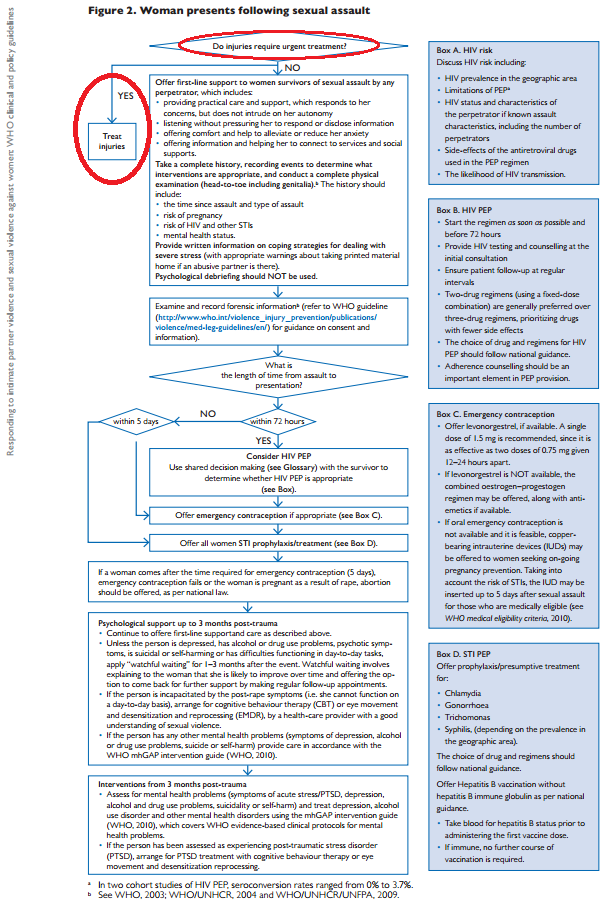
After over a month of interning, my fellow interns--James Murphy (a MPH/MD student in his first year at Yale/Mt. Sinai), Farooq Khan (an emergency medicine resident in his final year at McGill)--and I took an afternoon away from the
WHO Emergency and Essential Surgical Care office for a guided tour of the
Palais des Nations.
The
United Nations Office of Geneva (UNOG) receives about 100,000 visitors each year. Though I had traversed some of the Palais halls and meetings rooms during the
66th World Health Assembly, the
UNOG guided tour included more historical context to appreciate the views.
The Palais is a beautiful art deco building in Ariana Park and overlooking Lake Geneva. Nearly one kilometer long, the Palais is a legacy of the League of Nations, the world's first global organization created to keep the world safe and at peace after WWI. Though the League failed when it was unsuccessful in countering forces that led to WWII, the United Nations succeeded it when founded in 1945 in Geneva, as a tribute to the city of peace's humanitarian history. While the meeting rooms of the Palais des Nations can seat a total of more than 8,500 people, it is also a "living museum" and home to art donated by Member States, foundations, and individuals as expressions of solidarity for improving international peace.
The guided tour included the
Salle des Pas Perdus (the Hall of Lost Steps), allowing for attention to the artworks that were more hidden by WHO stands/booths during the WHA. We also revisited the biggest room in the Palais, the
Assembly Hall, where WHA plenary sessions were held.
The guided tour also offered some new views. Particularly breathtaking was the Human Rights and Alliance of Civilizations Room, with its domed ceiling sculpture by artist Miquel Barcelo.
I also particularly enjoyed the tour of
Ariana Park, the 46-hectare park home to various species of majestic trees, and its memorable
Monuments.

The iconic
Celestial Sphere was donated in 1939 by the Woodrow Wilson foundation to commemorate the US President's work in creating the League of Nations.
The sphere originally featured 85 gilded constellations and 840 silvered stars and was equipped with a motor to revolve slowly around an axis turned to the Pole Star, though the motor no longer works and needs restoration.

Family by Winston Churchill's granddaughter, Edwina Sandys, was a gift from Anthony and Penny Oppenheimers to UNICEF.
The 4.6-meter high bronze sculpture uses the space between the mother and the father to depict the child.

The red brick
Tower of Loneliness was a gift by the Danish artist Per Kirkeby. Standing inside the tower, one is said to experience the alternating contrasts of opening and closing, presence and absence, and light and shade.
Given to the UN for the Dialogues of Peace exhibition, Kirkeby described the themes of the tower as
"an eye raised to the sky and a tear which flows."
The
Conquest of Space by Youri Neroda is a gift from the former Soviet Union and dedicated to human success in space conquest.
The two-part monument represents the projection of a spacecraft with a 28-meter tall arrow-shaped plinth, as well as a bronze statue of an astronaut with arms reaching toward the sky, symbolizing human desire for space exploration.

But of all the monuments, the
Great Centaur was my absolute favorite.
The
Great Centaur by Ernst Neizvestny, a gift from the Russian Federation, is a 4.5-meter high bronze sculpture.
The artist, at the inauguration of his sculpture, said,
"Man must struggle to become himself."
The
Great Centaur is a wounded giant--rising from a base, representing death, destruction, and chaos, and reaching upward, with his face bare, unmasked.
If you are interested in learning more, I would suggest checking out the UNOG Virtual Tour.























































